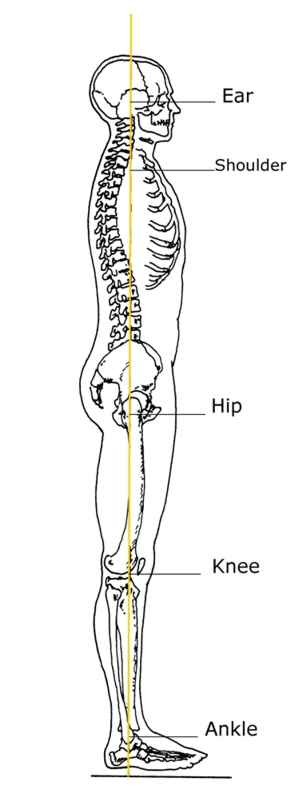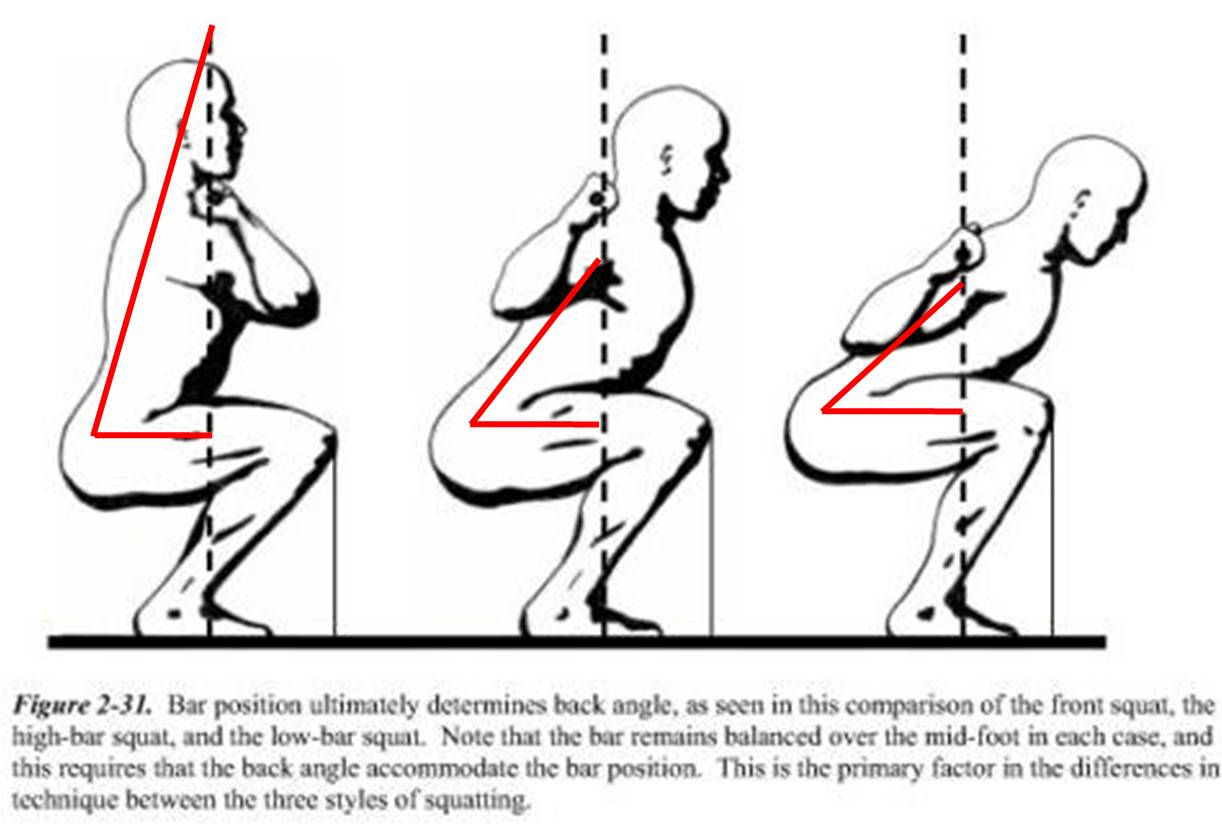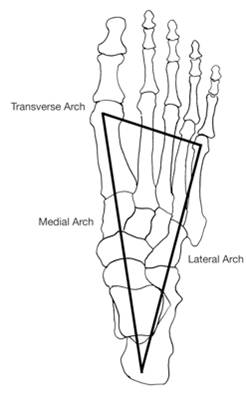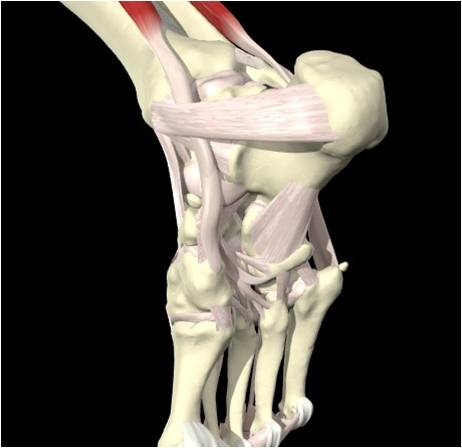Posted July 9, 2010
Squatting through the heels: Why it only works for Pirates
I’m training a client in Edmonton who lives full-time in Calgary and travels here on business a fair bit. While in Calgary, he has the opportunity to work with a few different trainers of various capabilities and experience, and one of the big differences he notices between each of us is where we tell him to put his weight when he does squats or deadlifts. A lot of trainers tell their clients to push through their heels, others say through the ball of the foot, whereas myself and the other right trainers tell their clients to push through the middle of the foot rather than at the extremes.
Now I know what you’re thinking, because I’m super smart and can read minds through the internet: “But Dean, a lot of strong people have told me to squat through my heels, how can they be wrong??” Well, they are, and I’ll explain why.
A lot of the reasoning behind not squatting through the heels is that the centre of gravity passes in front of the heel and through the proximal portion of the arch system of the foot. By shifting weight into the heel, we automatically alter our centre of gravity and have to create compensations throughout our legs, hips and spine to keep our balance and not fall over.

So if we perform an exercise where we shift our weight towards our heels, the first thing the body does to keep balance is tilt the pelvis forwards and stick the butt out, while leaning the upper body forward. As we lower down, the ankle doesn’t bend, and the foot doesn’t have the ability to stabilize or produce force, which usually results in the person falling backwards (again, how is this effective!?! You can’t squat while falling on your butt!). If we add weight on the shoulders, like in a back squat, that further tilts the pelvis, drives the hips back, and leans the torso forward, and winds up putting a lot of pressure on the lumbar spine and glutes. The knees don’t bend as far as they can, and the quad activation is limited. If we load weight in the front, like in a deadlift, these same adaptations happen, and force the back to have extreme pressure buildup that predisposes it to injury.

If we constantly drive through our heels, we wind up getting compensations like short tight hip flexors, rectus femoris, tensor fascia lata, and weak low abs, quads, and hamstrings, as evident by a fitness “expert” explaining a leg workout with tight hips. Check out the leg extensions and 1-leg squats on a ball. He doesn’t get anywhere near effective hip extension, and he is the self-proclaimed expert!!! Check out this video, best viewed with the sound off.
If you’re reading this
Paul, you need to train with me.
Additionally, looking at the structure of the foot, we can see that the heel is actually below and behind the tibia, which doesn’t bode well for balance when trying to develop power (a common term in combat is “putting them on their heels,” where the opponent is unbalanced, retreating, and likely to be defeated).
The foot is designed to act like a lever for the leg, and has a system of three arches that help absorb force and produce force during movement. These three arches form a triangle with the center coinciding with your center of gravity during ideal posture, and just ahead of your heel. By squatting through the heels, we take away this arch structure and leverage advantage, and turn into peg leg squatters. When was the last time you saw a pirate back squatting their body weight for 20 reps? That’s right…never.

So how should you stand so that you can get the most out of your squat?? The easiest way to explain it is to think of your foot as a triangle, with your baby toe, big toe and heel as the three points of the triangle.
Once you have these three identified, push equally through all three, ensuring your big toe stays pressed into the ground (it’s big for a reason, as it generates force and co-contraction through the entire posterior fascial chain). In yoga, they teach you to spread your toes and dig them into the ground for support, and it works the same here.
A trainer I used to work with was having trouble getting his squat stronger, and when I looked at him struggle with two plates a side while driving through his heels and almost falling on his (large) butt, I told him to push through the middle of the foot, and all of a sudden, it was easy, and he through another 45 on each side and could actually feel his quads for the first time in months!!!
And by the way, it is so not necessary to keep the knees behind the toes. The knees should go as far as possible without lifting the heel, but I’ll save something for the next time.
[gravityform id="3" name="Blog Post Capture. " title="false"]




8 Responses to Squatting through the heels: Why it only works for Pirates